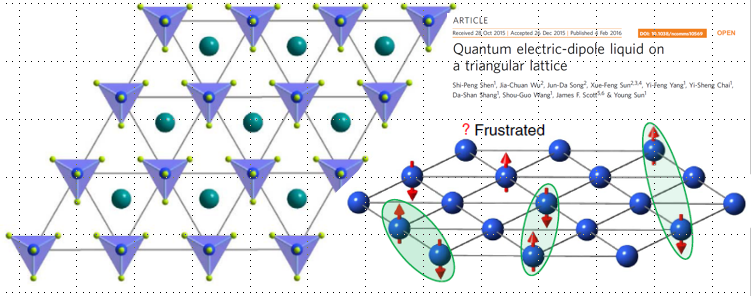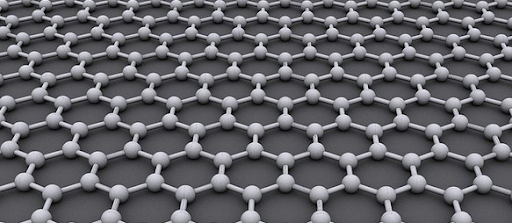Research Interests
· Topological Materials
Topological materials are new phase of matter, in which interplay between symmetry and topology has led to new understanding of quantum states. The nontrivial quantum states in topological materials are characterized by specific topological invariants. Striking quantum phenomena could emerge in topologcial materials, for instance, Dirac or Weyl excitations in topological semimetals, quantum spin/anomalous Hall effects in topological insulators, Majorana excitations in topological superconductors , and axion electrodynamics in axis insulators. Nontrivial bulk band topology and their topologically protected surface or edge states in topological materials are robust against local pertubations, offering fasinating platforms to investigate the interplay of topological order with symmetries. The quantum phenomena and propertites of topological materials lead to their potential applications in topological quantum computation or next-generation electronic devices.
We aim to develop new topological materials and extend the toplogical classifications by means of theoretical caculations and material synthesis. The topolgical properties will be investigated using transport and spectroscopy measurements.

Topolgocial helical suface bands. Figure adapted from Wikipedia
· Strongly Correlated Materials
Correlations play a critical role in quantum materials. When the interactions between electrons become the dominant contribution, the perturbation theory can not work, so that the common methods for quantum material are not valid. However, verstile exotic phenomena emerge, such as the high-Tc superconductivity and the fractional quantum Hall states. The corresponding effective field theory is not composed of the real particle, but the emerged quasi-particle which may have topological properties, such as spinon, vison, fracton, parton and so on.
We focus on the investigation of quantum strongly correlated materials at moderate temperatures, such as high temperature superconductors, strongly correlated two-dimensional electron gas, heavy fermions, quantum spin liquids, etc,. In the theoretical aspect, we utilize various large scale numerical simulation methods (including quantum Monte Carlo, exactly diagonalization, Tensor renormalization group, etc) to figure out the physical mechanism and search for new physics beyond standard paradigm of quantum phase and phase transitions.

Skematic inllustration of a strongly correlated system. Figure adapted from Wikipedia
· Low Dimensional Materials
Dimensionality is an effective tuning parameter in controlling the poperties of quantum materials. Striking physics could appear when electrons are confined in low dimensions. The interger quantum hall state was firtly discovered in two-dimensional (2D) electron gas. The discovery of atomic thin graphene and the newly discovered twisted 2D heterostructures have brought new insights into the stduy of low dimenional quantum materials.
We seek to design heterostructures based on low dimensional quantum materials, and to tune the quantum states of the heterostructure by means of solid ionic gating, field effects, etc,.

Atomic thin graphene. Figure adapted from Wikipedia

